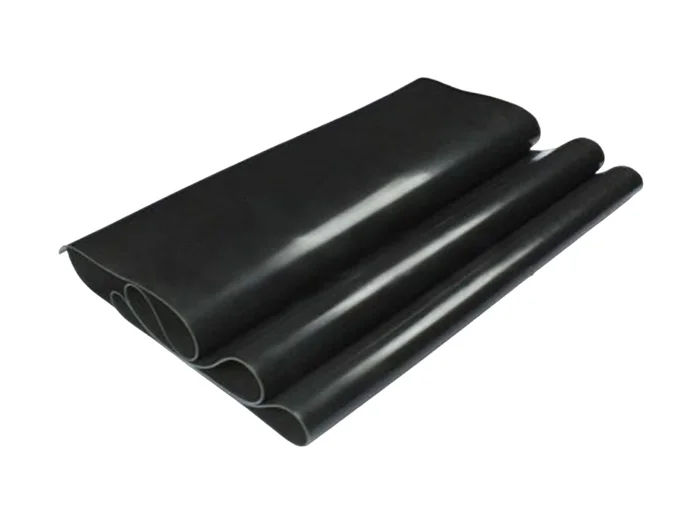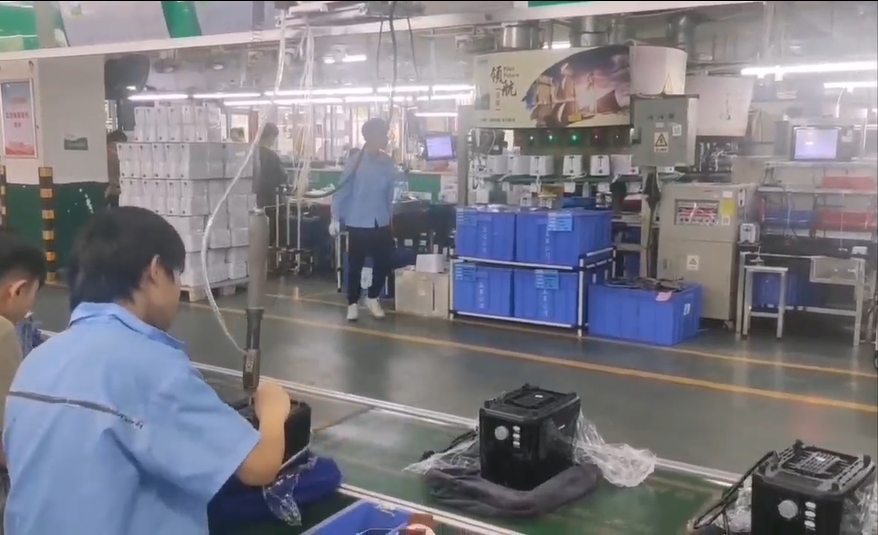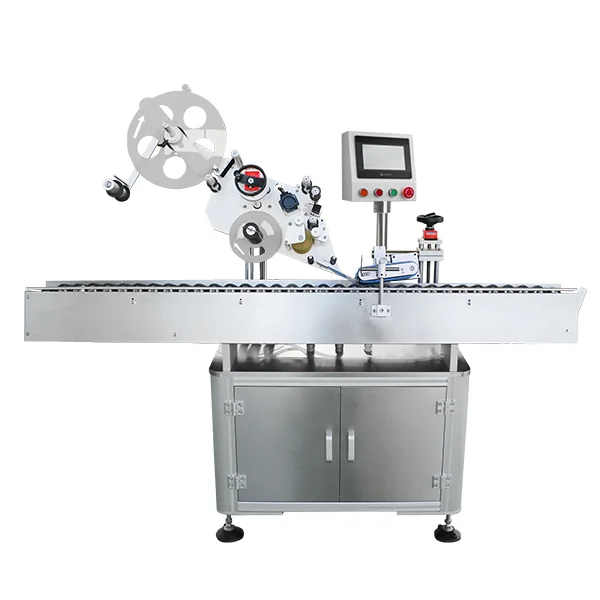In the realm of screen printing, where vibrant designs leap off fabric, paper, or plastic, the role of ink is paramount. But how much ink do you really need for a successful print job? This question often haunts even the most seasoned printers, given the myriad factors influencing ink consumption. Today, we dive deep into the nuances of ink estimation, aiming to demystify this crucial aspect of screen printing for both beginners and experts alike.
Understanding the Basics: Ink Types and Their Consumption Rates
Before delving into specific quantities, it's essential to grasp the fundamental types of inks used in screen printing: water-based, plastisol, discharge, and UV-curable. Each type behaves differently, affecting not just the final print quality but also the amount required.
- Water-Based Inks: Known for their eco-friendliness and soft hand feel, these inks generally have lower viscosity, meaning they flow more freely and may require slightly more ink per print due to evaporation and absorption into the substrate.
- Plastisol Inks: Popular for their vibrant colors and durability, plastisol inks are thicker and less prone to evaporation. Hence, they typically offer more consistent coverage with potentially less ink used per print.
- Discharge Inks: These unique inks work by removing the existing dye in fabric to blend with the ink color, requiring precise application to avoid over-saturation but consuming ink differently depending on the fabric's initial color.
- UV-Curable Inks: Renowned for their fast drying times and high opacity, UV inks often come in more concentrated forms, allowing for efficient use with minimal waste.
Factors Influencing Ink Consumption
Estimating ink needs involves considering several variables:
- Print Area: Larger print areas naturally require more ink. Accurate measurement of the print dimensions is crucial.
- Number of Colors: Each additional color in a design adds to the total ink consumption. Multicolor jobs can quickly escalate ink usage.
- Ink Coverage: Full coverage prints (solid colors) consume significantly more ink than designs with low ink coverage (halftones or fine lines).
- Substrate Type: The porosity and absorbency of the material being printed on play a vital role. Highly absorbent substrates like natural fabrics may soak up more ink.
- Screen Mesh Count: Finer mesh screens deposit finer dots, potentially requiring more passes to achieve desired opacity.
- Print Runs: Larger print runs can often be more ink-efficient due to setup costs being amortized over more pieces.
Calculating Ink Requirements: A Step-by-Step Guide
- Measure Print Area: Use graphic design software or manual measurement tools to determine the exact area of each color in your design.
- Estimate Ink Coverage: Assess whether your design is full coverage, partial coverage, or a combination. Multiply the print area by the estimated percentage of coverage for each color.
- Consider Ink Type and Substrate: Adjust your estimates based on the ink type's characteristics and the substrate's absorbency. Manufacturers' guidelines can provide valuable insights here.
- Ink Density and Viscosity Adjustments: Factor in any adjustments needed for achieving the desired print opacity and consistency. Thicker inks may cover more efficiently but require precise application to avoid build-up.
- Allow for Waste and Overspray: Always include a buffer for ink waste, including overspray, evaporation, and cleanup.
Practical Tips for Optimizing Ink Usage
- Test Prints: Conduct test prints to fine-tune your ink estimates. This helps in understanding how different ink types and mesh counts affect coverage and consumption.
- Ink Mixing: When using multiple ink batches, mix them thoroughly to ensure consistent color and viscosity across the print run.
- Ink Management: Invest in high-quality ink management systems to reduce waste, such as ink recyclers and automated mixing stations.
- Regular Maintenance: Keep screens clean and in good condition to ensure even ink deposition and minimize ink loss.
Conclusion: Balancing Artistry with Efficiency
Estimating ink requirements for screen printing is an art form that blends technical precision with creative intuition. By understanding the nuances of ink types, print area, coverage, and substrate characteristics, you can achieve both economic efficiency and artistic excellence. Remember, the goal is not just to minimize ink usage but to optimize it, ensuring every drop contributes to a stunning final product. Happy printing!



